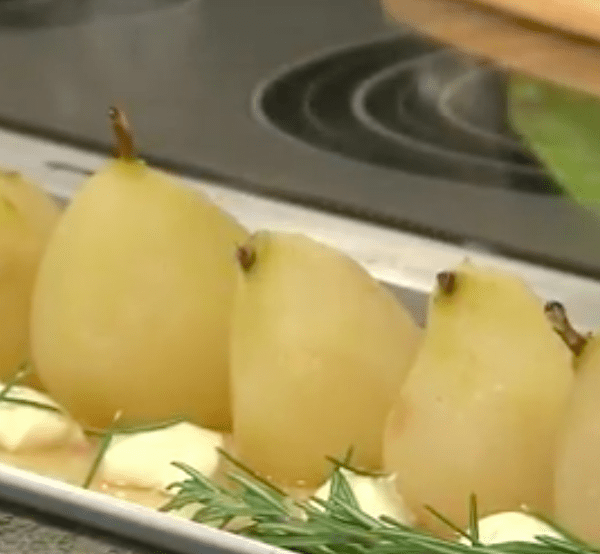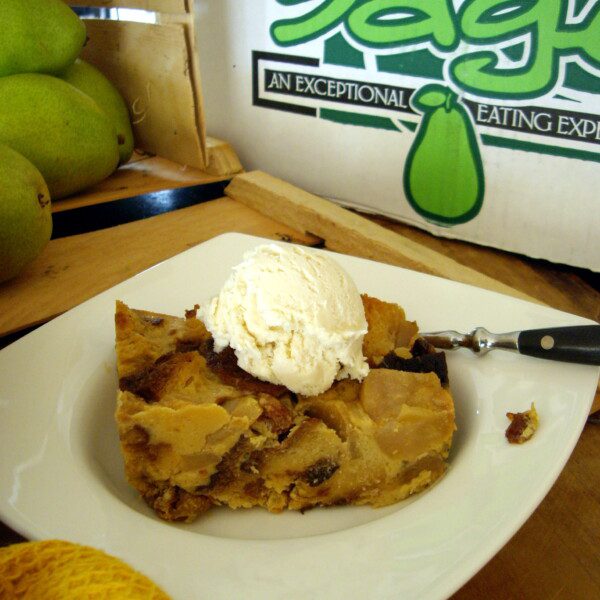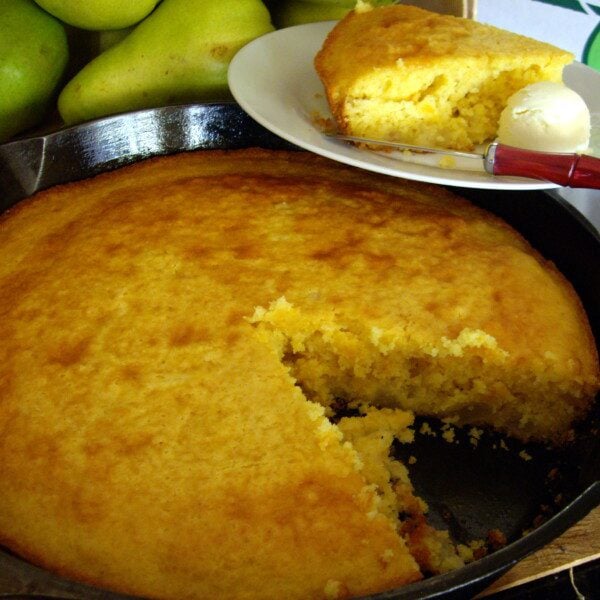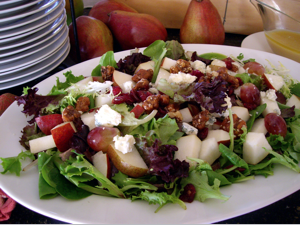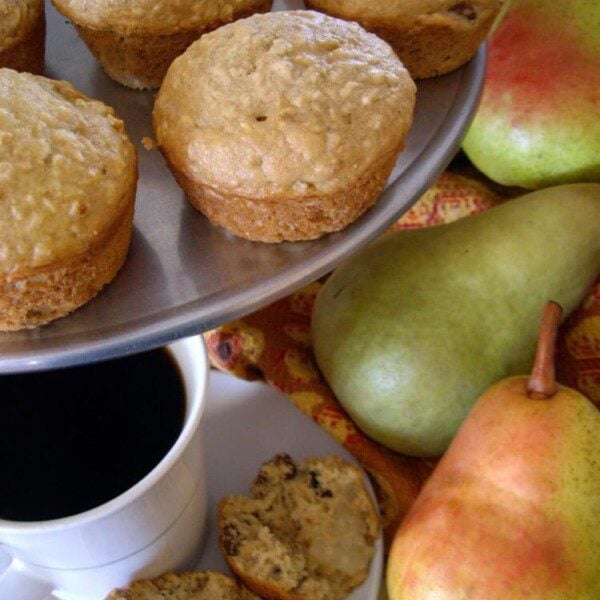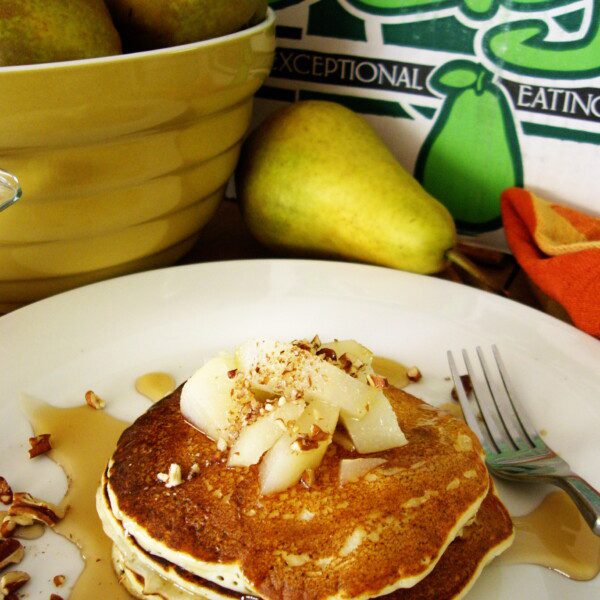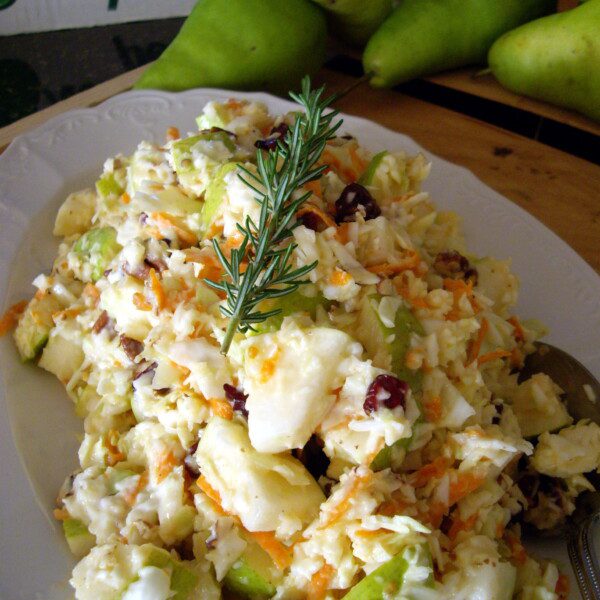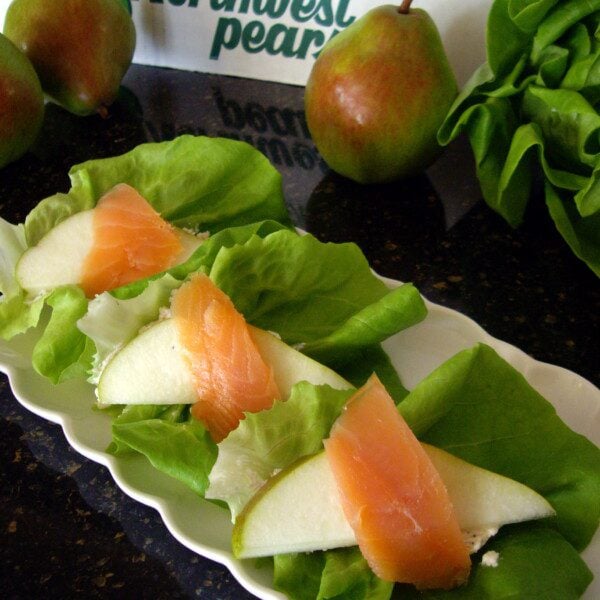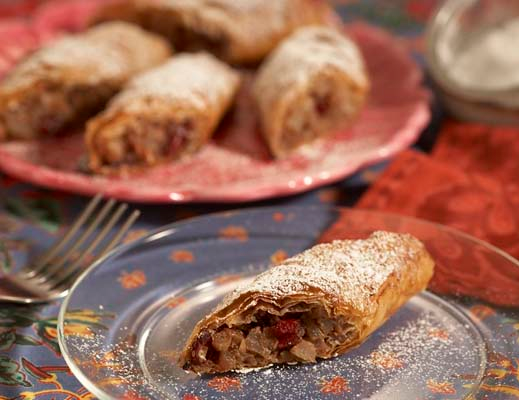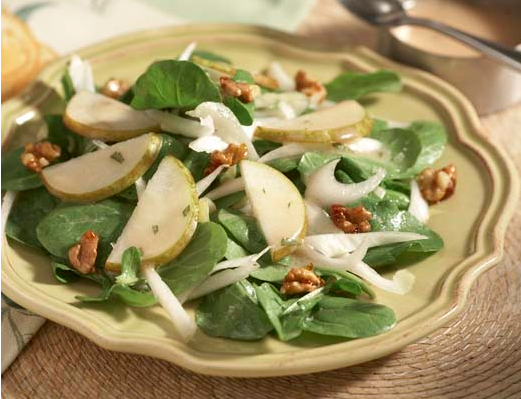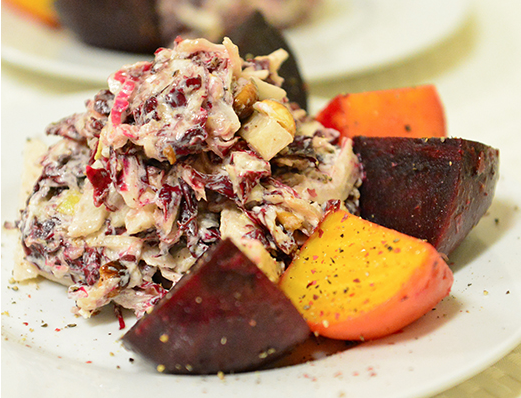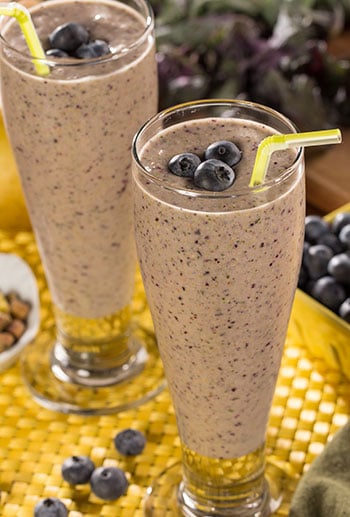How to Select Pears
- Check the neck™ for ripeness. Apply slight pressure to the neck of the pear with your thumb, and if it yields to the pressure, it is ripe
- Choose firm pears with the stem intact.
- If the belly of the pear is soft, it is likely overripe, but those pears are still good in soups and smoothies.
How to Store Pears
If your pears happen to be ripe when you buy them, you want to use them right away, or you can refrigerate them for up to 5 days to help slow down further ripening. If your pears are firm and still need time to ripen, leave them out in room temperature. Make sure that you check them daily to ensure that you catch them at their perfect ripeness.
Once you slice or cut your pear, oxidation will kick in. It is a natural process that occurs when the flesh of the pear is exposed to oxygen. In order to slow down the oxidation, you can use lemon juice to give you a little extra time! Lightly poaching pears and can also slow down the browning process. But as a rule of thumb, we suggest that you eat a cut pear soon after it is cut in order to maximize the flavor profile.
How to Serve Pears
Recipes
Champagne Poached Pears
Recipes
Pear Slaw
Recipes
Pear Pastry
Recipes
Pear & Walnut Salad
Recipes
Beet Salad
Vegetarian
Lollipop Smoothie
Round-Ups
